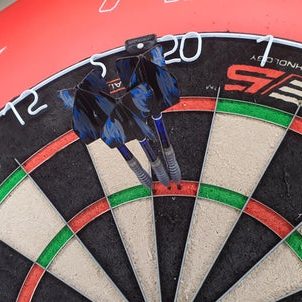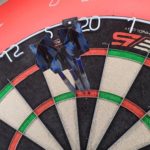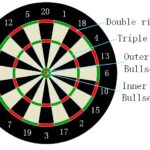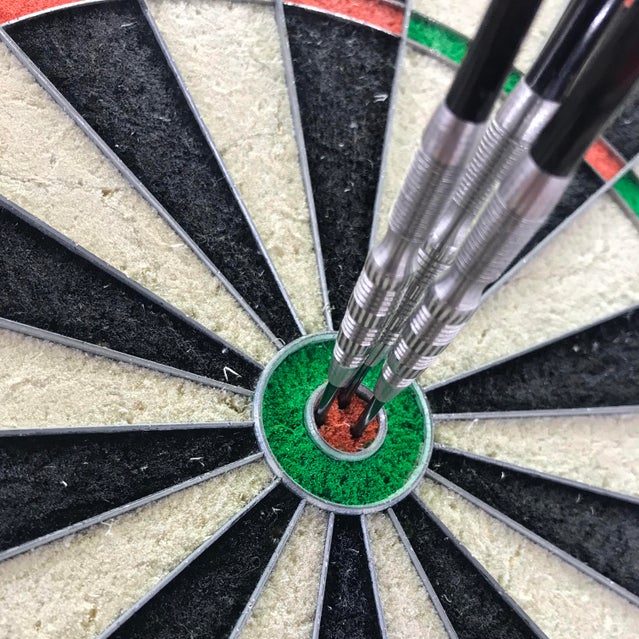
🎯 Why Are 20 and 1 Next to Each Other on a Dartboard?
The placement of 20 (the highest-scoring single segment) next to 1 (one of the lowest) is intentionally strategic. This design is meant to punish inaccuracy and reward precision—which is the core philosophy behind the entire number layout on a standard dartboard.
Frequently Asked Questions
Why are 20 and 1 next to each other on a dartboard?
The 20 and 1 are placed next to each other to punish inaccuracy and reward precision. If a player aims for the high-scoring 20 and misses slightly, they’re likely to hit the low-scoring 1 or 5. This creates a high-risk, high-reward dynamic that makes accuracy more important than luck. The layout, believed to be designed by Brian Gamlin in 1896, is intentionally crafted to eliminate “safe zones” and ensure that skilled players have the advantage.
Here’s why it matters:
✅ 1. To Penalize Misses
If a player aims for the high-scoring 20 but misses slightly, they’re more likely to hit 1 or 5—both of which drastically reduce the score. It creates a risk-reward dynamic:
- Hit 20 = Great reward.
- Miss slightly = Harsh penalty.
✅ 2. To Test Skill, Not Luck
Placing low numbers next to high ones eliminates “safe zones.” If 20 were next to 19 or 18, sloppy throws could still yield decent points. With 1 and 5 as neighbors, only accurate aim gets you the score you’re after.
✅ 3. To Balance the Board
The board was laid out to prevent any “easy” sides. You’ll notice this pattern repeats:
- 19 is next to 7 and 3.
- 17 is between 2 and 3. This consistent design ensures that skilled players have the edge—not lucky ones.
📌 Fun Fact:
The standard dartboard number layout is believed to have been created by Brian Gamlin in 1896—a carpenter who wanted to make the game more challenging and fair. His layout has endured for over a century because it accomplishes exactly that.






